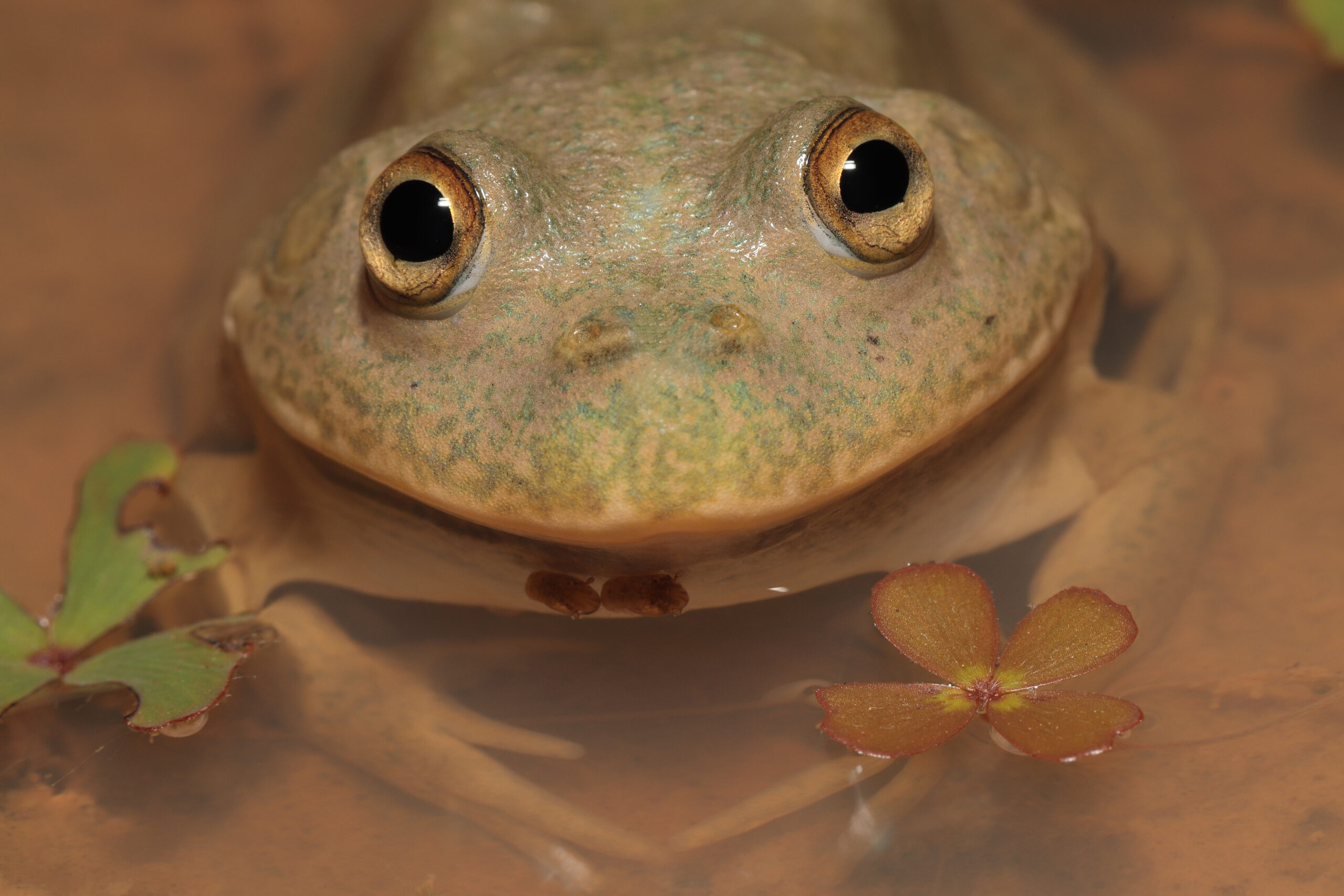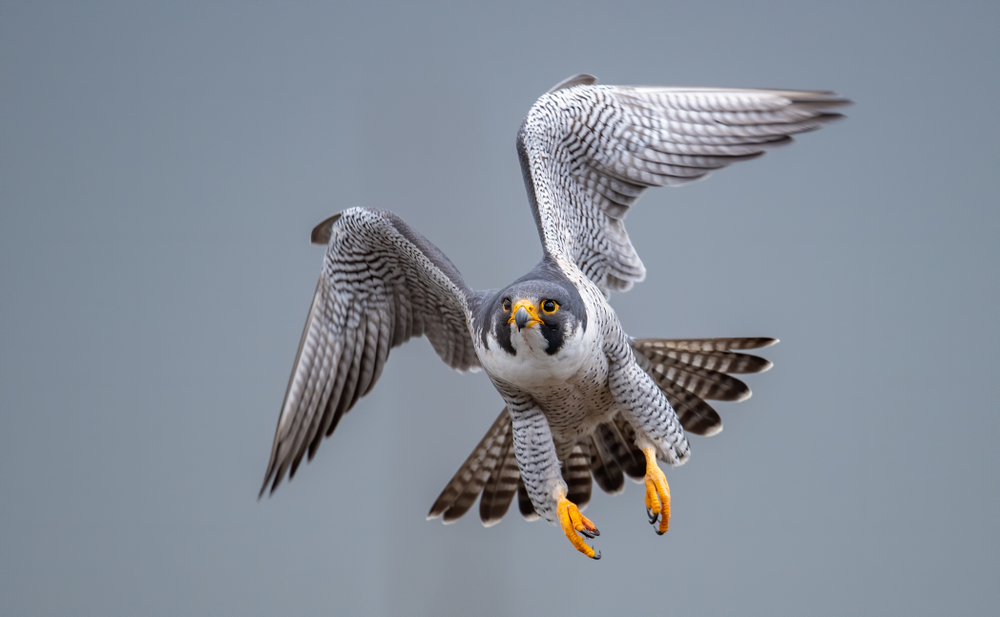| Common name | Giant wood moth |
| Scientific name | Endoxyla cinereus |
| Type | Insect |
| Diet | Growing tree tissue |
| Average lifespan | About 12 months |
| Size | Females have a wingspan of up to 23cm and weigh up to 30g; males are about half the size |
As an adult this moth species, which is famed for being the heaviest in the world, can’t eat and survives for just a few days, dying soon after mating. But for much of its life it’s a plump wood-boring larva that’s among the group of Aussie bush tucker caterpillars known as witchetty grubs.
The life cycle of the giant wood moth is complex and parts of it are still unclear to science. It begins with the female laying up to 20,000 eggs in crevices in the trunks of eucalypt tree species with smooth bark. She covers these for protection with a thick, sticky secretion.
Thousands of tiny caterpillars, each only about 1.5mm long, hatch from these eggs and initially hang suspended on silken threads. Some probably fall to the ground near where they hatch but many are picked up by the wind and, with their silk threads acting like tiny parachutes, dispersed to other areas. It’s not known exactly where they end up, but it’s thought that at some stage they enter the ground where they feed for about 12 months on tree roots.
At a length of about 2.5cm and the thickness of as a pencil they appear on the trunks of certain gums trees, into which they burrow using their strong jaws. Each larva creates a
j-shaped burrow just under the surface where it will feed, grow and lay down the fat reserves needed to ultimately survive its short life as a non-feeding reproductive adult.
The larva chews away at the wood to increase the size of its chamber upwards as it grows but doesn’t eat it. Instead, it feeds on the soft growth ‘scar’ tissue created by the tree as it tries to seal off the burrow created by the larva.
The larva continues growing like this for a further two years before finally turning into a chrysalis, just like any other moth or butterfly, to pupate before finally emerging from its tree-trunk chamber as an adult moth ready to mate.








